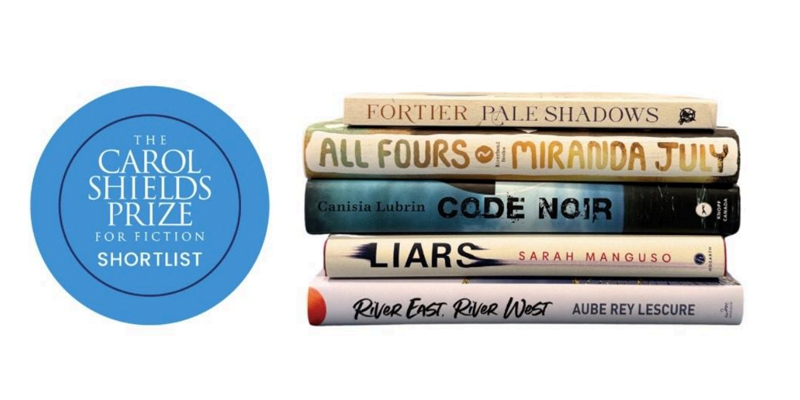There is currently an interesting case about cultural property going on in the Highlands. It concerns a bust by Edmé Bouchardon of Sir John Gordon, an eighteenth-century MP and Secretary for Scotland.
As so often with these cases, national and international, there is an intriguingly complicated story here. So far as I can see, the bust was bought by Invergordon council for a fiver at an auction in 1930, for display in the Town Hall (the “Gordon” in “Invergordon” comes from the Gordon family). But it ended up in storage (aka a shed) and was forgotten about. It was recognized (while it was being used as a doorstop) in the 1990s, transferred to the local museum (also in storage, but more upmarket storage than the shed). From there it was loaned for temporary exhibitions to the Louvre and the Getty Museum. But otherwise, it has been unseen.
The idea is now to sell it, for more than two million pounds, the profits being used for good investment in the local community. I am not particularly concerned with the headline rights and wrongs of this (and they are complicated by the fact that for a very long time no one seems to have been remotely interested in this sculpture). But I was struck by one of the comments made in defence of the sale (which would end with the piece going abroad): that a “museum quality” replica would be funded by the buyer to be put on display locally.
It was the words “museum quality” and “replica” that troubled me. OK, I confess that I have a long-standing affection for plaster casts of ancient sculpture, which are replicas – and I think they are, in a way, more interesting for that (I love the picture above). But, in general (and a bit inconsistently), I want my museums and other public display places to be full of the real not the replica, however accurate the replica may be. It is no doubt a romantic idea, but for me museums are where you see authentic originals, pieces of art that were crafted, sculpted, chiselled or moulded by real human beings hundreds of years ago, or maybe more recently. It’s where you get close to the people who made and handled things in the past. It’s not where you see digi-replicas, even if to most eyes they may be indistinguishable from the real thing. That idea becomes even more important when it is easier and easier to create almost perfect replicas.
My slogan is: museums are where you come to see The Real. If you can’t see real things in a museum, why bother to go there at all? Justifying selling a piece abroad because they will give you a replica to take its place (while the rich buyer gets the “real thing”) doesn’t justify it to me at all. It’s rather like the old suggestion that you could build a perfect replica of Pompeii where most visitors could go, leaving the real site to a few of the privileged and rich. That’s not my idea of how to share the past.
The post Real versus replica? appeared first on TLS.

 By Times Literary Supplement | Created at 2025-04-03 16:10:31 | Updated at 2025-04-04 21:16:14
1 day ago
By Times Literary Supplement | Created at 2025-04-03 16:10:31 | Updated at 2025-04-04 21:16:14
1 day ago








